Caves in Hungary
Hungary shares one of the largest cave systems in Europe criss-crossing under the Slovakian border. Elsewhere, in Budapest, there is an extensive cave system beneath the city. Budapest is often referred to as the city of spas. It is not as widely known that it can be called as a city of caves as well, because approximately 200 smaller and bigger caves can be found under the capital. These caves were formed by the same springs that today supply the thermal baths. The majority of the caves were discovered at the beginning of the 20th century, when house buildings and drainage construction works were carried out. Budapest has 9 strictly protected caves and 3 are open to the public.
The longest cave of Budapest is the Pálvölgyi Cave. The other major cave systems are the Mátyás-hegyi Cave, Ferenc-hegyi Cave, József-hegyi Cave and Szemlő-hegyi Cave, they are also considerable in length and beauty.
There are other main karst regions in Hungary such as the
Transdanubian mountain Range, composed of dolomite and limestone. The most important karst region of these mountain ranges are the Bakony Mountains situated north of the Lake Balaton. The deepest and longest cave of this area is the Alba Regia Cave.
Around the Lake Balaton in the Keszthelyi Mountains and in the Balaton Highland the most unique are the Tapolca Cave Lake and the Cserszegtomaji-wellcave.
The Mecsek and Villányi Mountains (Southern Hungary)
The Mecsek Mountains rise above the historic city of Pécs, the one-time capital of the Roman province of Pannonia. There are several stream caves and potholes in the Mecsek. The largest one of them is the Abaliget Cave.
The Bükk Mountains (Northern Hungary)
The major part of the North Hungarian Mountain Range is built of volcanic rock. But these mountain ranges also include large karstic areas: The Bükk Mountains and the Aggtelek Karst.
The Bükk Mountains is the largest karstic region of Hungary with numerous stream caves and potholes. The largest, deepest and most spectacular caves of the Bükk are located near the industrial city of Miskolc.
The István-lápa Cave, deepest in Hungary, is the largest of them. Other large caves of the Bükk are the Bolhás-Jávorkút Cave System, the Fekete Cave, the Szepesi Cave, the Létrás Ponor Cave and the list could go on and on.
Well-known prehistoric sites are the Szeleta Cave and the Istállós-kő Cave.
The Aggtelek Karst
The Aggtelek Karst is located in the north-eastern corner of Hungary. It is a famous classical karstic region that became part of UNESCO's "World Heritage List" in September of 1996. The greatest of them is the Baradla cave, which is the longest in Hungary, and it used to be the longest known and surveyed cave system of the world for a long time, until the early decades of the 20th century. Other remarkable caves of the Aggtelek Karst are the Béke Cave (that is the largest fully explored perennial stream cave in Hungary), Vass Imre Cave, Kossuth Cave, Szabadság Cave. The Alsó-hegy Plateau is a unique part of the region with about 90 vertical caves (potholes). There are several caves on the Plateau other than potholes. The largest and most spectacular one of them is the Meteor Cave containing the second largest cave chamber of the country.

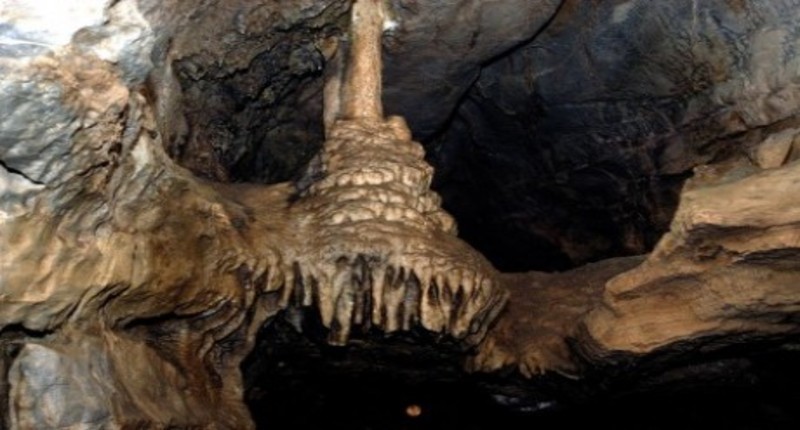
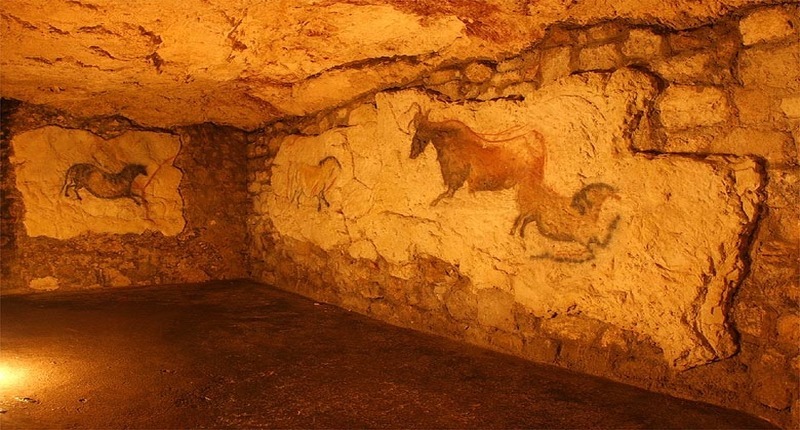
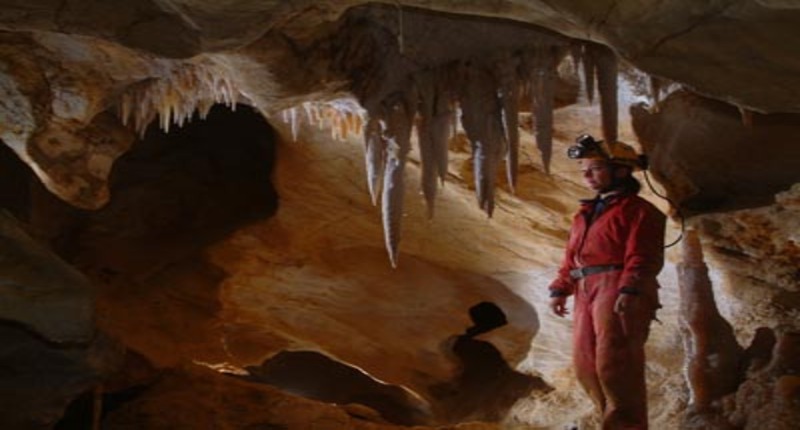
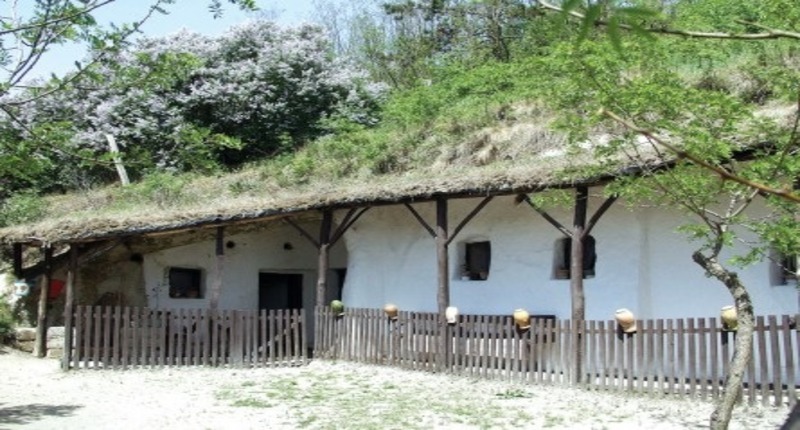
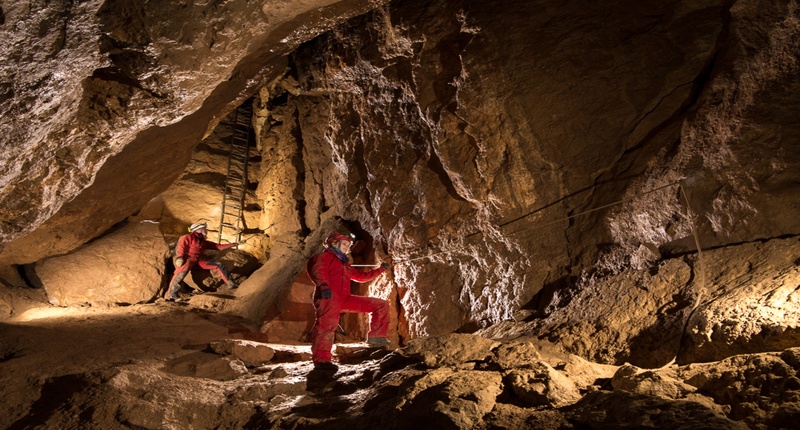
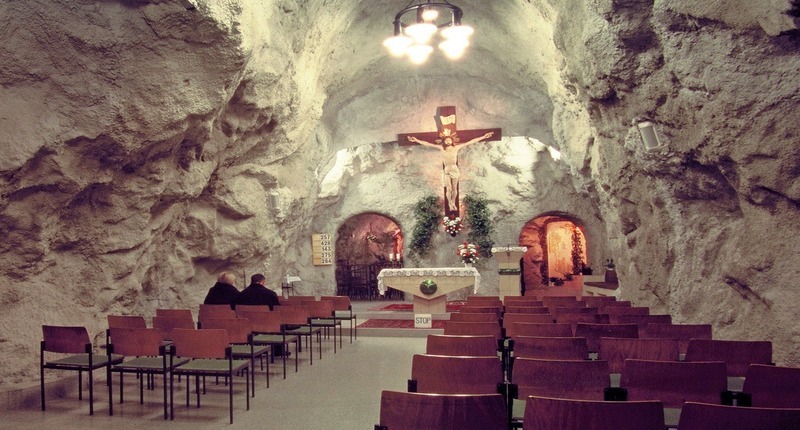
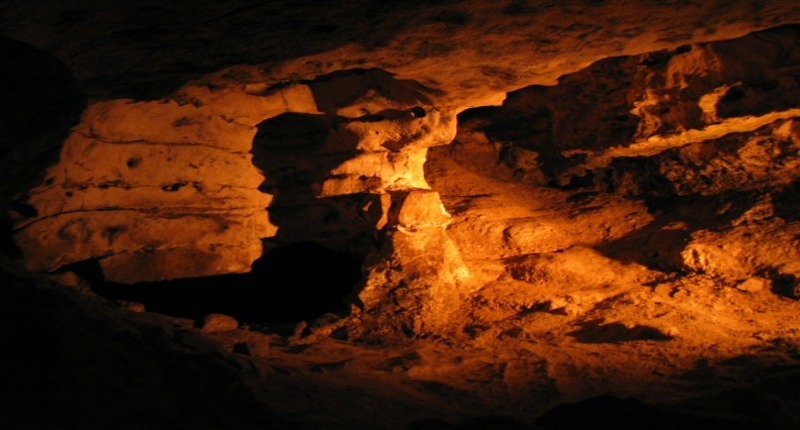
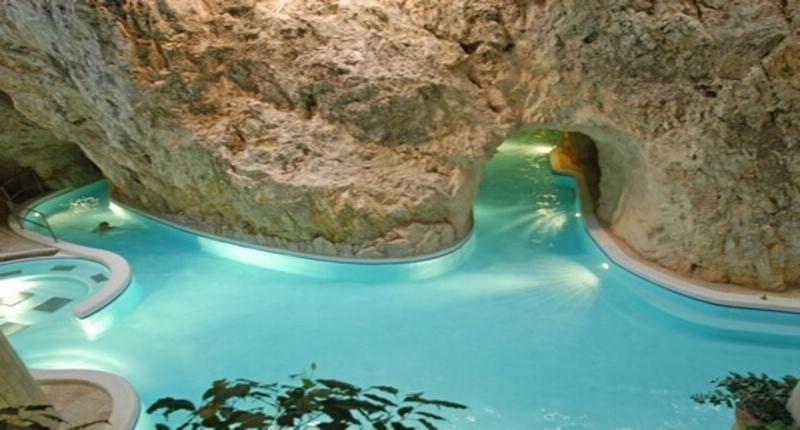
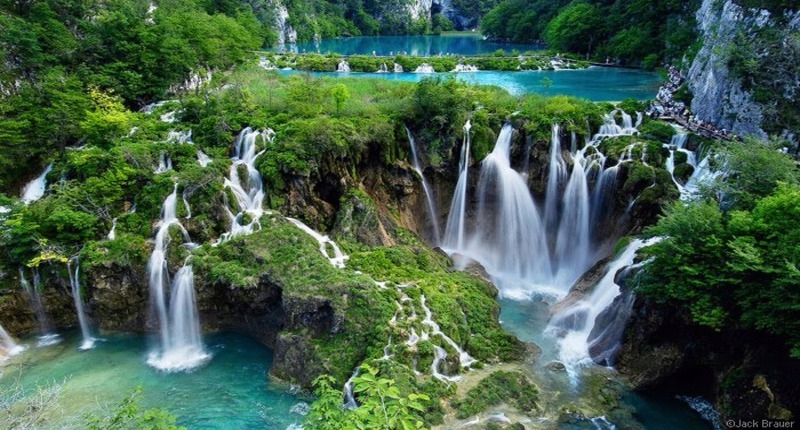
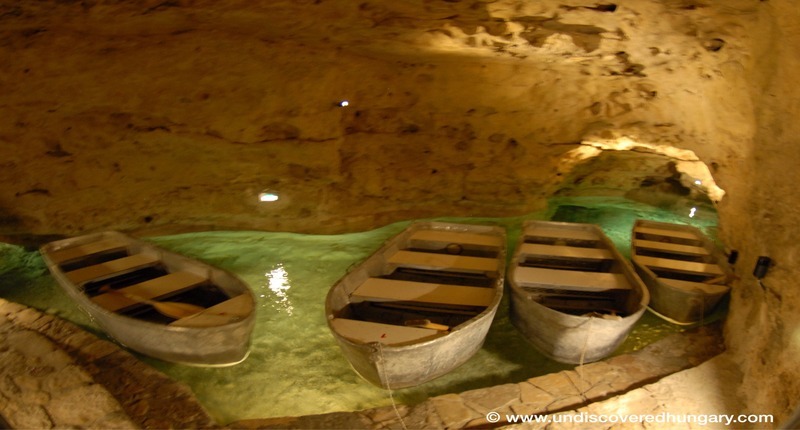
.jpg?1439285287)